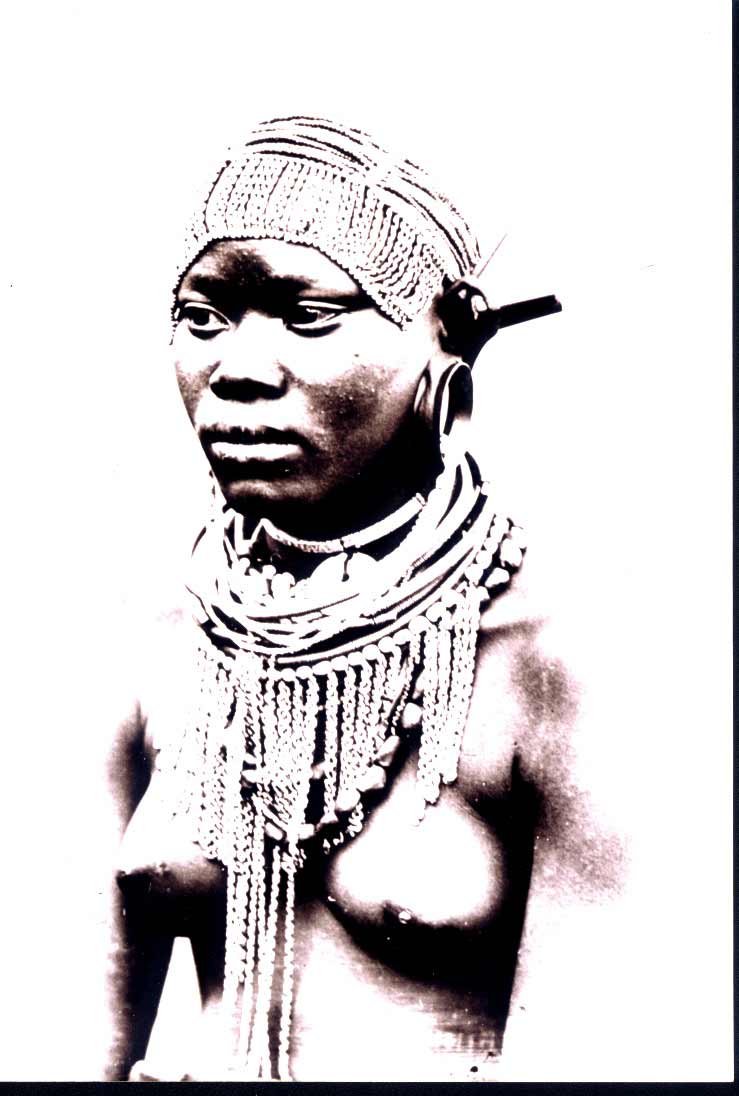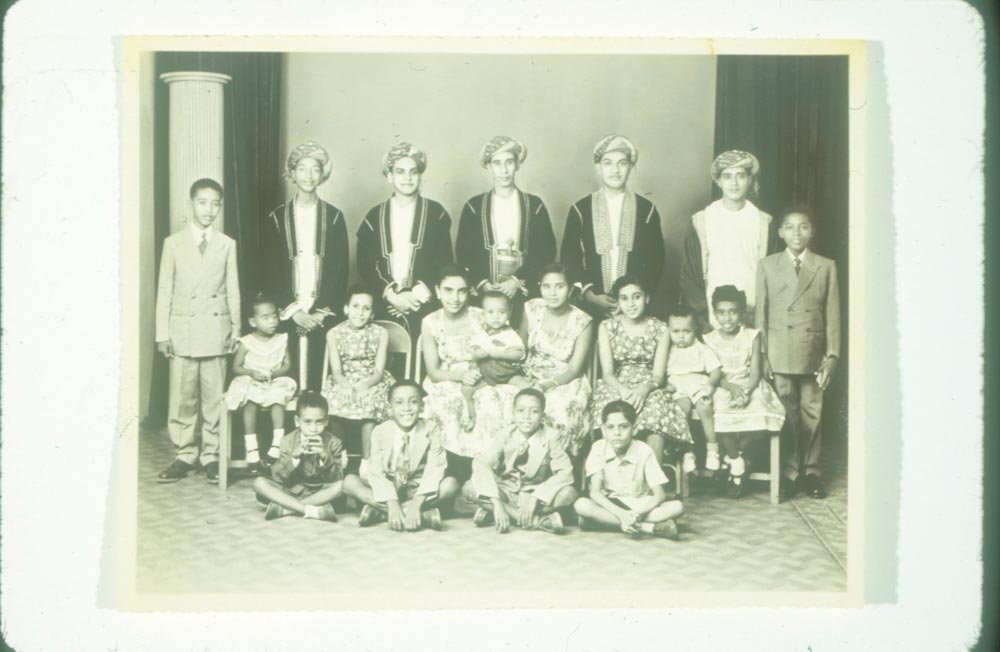Book Review: I Am Sparkling: Isolde Brielmaier; N.V. Parekh and His Portrait Studio Clients
From I Am Sparkling: N. V. Parekh and His Portrait Studio Clients, Mombasa, Kenya 1940-1980 by Isolde Brielmaier. Published by Damiani.
Written by April-Rose Desalegn
Art, through the eye of the scholar, makes for an enriching read. I am sparkling by New York scholar and curator Isolde Brielmaier dutifully examines the works of Indian-born portrait photographer N.V. Parekh and his Mombasa studio clientele of the 1940s-80s. Brielmaier leaves no stone unturned, guiding audiences through Parekh’s important works via examination of the specific cultural milieus, histories and ethical questions surrounding his studio subjects.
From I Am Sparkling: N. V. Parekh and His Portrait Studio Clients, Mombasa, Kenya 1940-1980 by Isolde Brielmaier. Published by Damiani.
From I Am Sparkling: N. V. Parekh and His Portrait Studio Clients, Mombasa, Kenya 1940-1980 by Isolde Brielmaier. Published by Damiani.
Brielmaier interweaves her analysis with interviews of Parekh’s clients, and prefaces the piece with a conversation with artist Wangechi Mutu on what the practice of portraiture means for humans. Mutu states, “If I’m aware that I’m distinct and I am separate from every other person out there, and I have the time and the ability to draw, write or represent myself, I’m most likely living beyond mere survival and probably have time to regard, reminisce and consider my surroundings.’’ For these reasons, Mutu links the practice of portraiture as a step towards divinity and god-like existence. It seems that Brielmaier wishes to bring this divinity to N.V Parekh’s subjects, granting time, consideration and space to these important subjects of African photography; an field that is gravely overlooked.
From I Am Sparkling: N. V. Parekh and His Portrait Studio Clients, Mombasa, Kenya 1940-1980 by Isolde Brielmaier. Published by Damiani.
From I Am Sparkling: N. V. Parekh and His Portrait Studio Clients, Mombasa, Kenya 1940-1980 by Isolde Brielmaier. Published by Damiani.
The first of N.V Parekh’s works to be unpacked is Portrait of Mzee Ali (1940), a full body portrait depicting a young man with his prized possession; a rabbit fur belt. Mzee Ali’s family were brought to East Africa when his great-grandfather migrated from Kirachi to work as an engineer on the Mombasa-Uganda railway in 1896. Later, his Kenyan-born grandfather became one of the first SouthAsians to pass the London Matriculation Exam, who begin work with the Royal Navy. Trailing back through his history, Brielmaier then documents Mzee Ali’s hobby for photography, and for seeing himself in different photos. Ali tells the story of how he came by his fur belt, further explaining that ‘Taking the picture was really about the belt’. Brielmaier highlights that for many Mombasan locals in the early years, photographing with N.V Parekh was important for self-representation and displaying prestige; both a personal and political act.
From I Am Sparkling: N. V. Parekh and His Portrait Studio Clients, Mombasa, Kenya 1940-1980 by Isolde Brielmaier. Published by Damiani.
Taken some thirty years later, Portrait (woman with bouquet), depicts another full body portrait , this time of a black woman with a short polk-a-dot dress, with a handbag over one arm and a bunch of flowers in the other. Brielmaier explains that Parekh’s use of props set him apart from other studios in his area, the photographer frequently depicting men with cigarettes, and women with flowers. Flowers seem to represent Parekh’s notions of womanhood, however he merely states that flowers were often used in his images as they ‘’speak a language of love, understanding and beauty’’, to which none of his subjects, men or women, objected to posing with. The transcultural exchange of borrowing and lending props was essential to Parekh’s photographic practice, as was the exchange of personal stories and intent for the image between client and photographer. These relationships, alongside Parekh’s mastery of lighting, direction and film techniques, were key to each collaborations of constructing a visual identity.
From I Am Sparkling: N. V. Parekh and His Portrait Studio Clients, Mombasa, Kenya 1940-1980 by Isolde Brielmaier. Published by Damiani.
Forming a scholarly publication to go towards Isolde Brielmaier’s degree, I am sparkling is an impressive feat of art academia, securing important photographer N.V. Parekh’s works in the archives of African visual history and provoking further discussions on the anthropology of photography.
link to the book: https://www.artbook.com/9788862087612.html
Photo Editing by Lenin Arache














